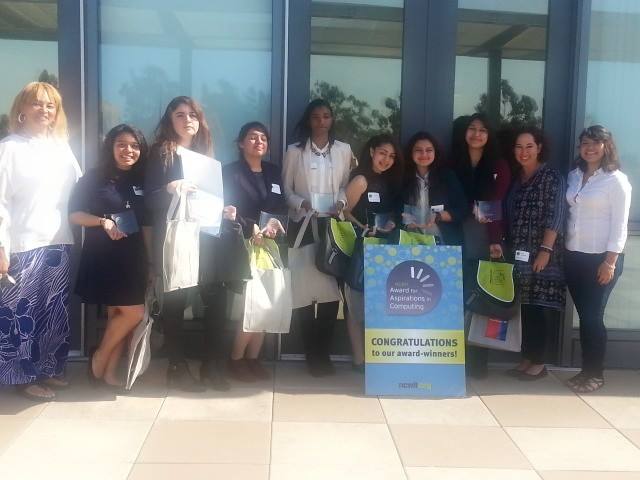
I get annoyed when my students tell underclassmen interested in entering the Tech Academy that my computer science courses are easy. They say this because almost everyone gets an A or B in my class. I ask my students if they have learned in my class. Oh yes, they say. Often they remark that not only have they learned so much but that my class truly helps them prepare for the world outside of school. So then, I say can we come up with words that are more accurate than easy. Relevant, informative, important are just some of the few additional words they choose instead. It is a class where they succeed, a class where they create, a class with a direct connection to their future.
I recently spoke to an old friend from high school, who just sold his third tech company - this one to Apple. If you use money as a measure of success, then he is one of the most successful people to graduate from my high school. However, as a student he never rose much higher than a C+ average. I asked him how he thought our high school grades correlated with his life as a tech CEO and he validated every aspect of my teaching philosophy.
My friend said for his next company he is looking for people he enjoys working with. People who can share ideas and collaborate. He now consults with growing companies and says the biggest issue companies have is that they lose their ability to communicate and problem solve as a team. Departments get closed off and people forget they need to work together. If everyone is out for themselves companies will fail where teamwork is integral. I am trying to instill, reward, and celebrate the communication skills desperately needed in the workforce instead of isolating my students with tests.
I have given a lot of thought to how and what I teach. Yes, it is the rare student that gets a D in my class but that is because I am passionate about getting every single student to take themselves seriously and to produce work that they are proud of and make them see their accomplishments. My students get credit for the experiences and production of work. They are beginning their technological and digital experience. I want them to feel success. I want them to value the process and take pride in the effort. I don't want to shoot down their hard work with fails before they have a chance to get their footing.
My students rarely get homework especially since in the underrepresented community of Title 1 students where I teach at Foshay Learning Center, a k-12 span school in South Los Angeles, access to technology plus the time and space to do the work is a rarity. I myself don't like to do work at home, I want to accomplish my work during my working hours and I have the same expectations for my students. I also track their progress inside my class almost every time we meet through Edmodo.com - a free online classroom that stores and tracks all their work digitally. I don't take kindly to students wasting time in my class and often make them pause and discuss their work with their classmates. I also give credit for progress and not just the final project.
By the first semester of their 10th grade year (the first of six semesters I spend with my students) everyone has completed and updated a resume, built a website using HTML about a famous historical leader and made at least 3 presentations about an ethical issue in technology, explaining how and why to use a web 2.0 website (a website that usually involves a log in) and researched and analyzed various technology someone should buy given a specific scenario. All of these items will be included in their online digital portfolio that will begin to build at the start of the second semester for 10th grade. In my two sections of 76 10th graders, every student completed every one of these activities. Not all of them to the same level of success but still quite an achievement.
So yes, my students tend to get good grades in my class and that is because they have worked hard, communicated, and problem solved as a community to help each other get the work done. My job as a teacher is to support my students along the way. Show them what is important in their research and writing. Encourage their thinking and troubleshooting. I don't believe it is my job to set a bar high up in the air and then shoot them down and fail them when they don't jump as high as I think they should according to my timeline. They will have to jump high on their own when they leave school. Instead, I am the coach training them. Getting them ready to compete - school is the practice, not the end of the final competition.
Instead of my grades judging and reflecting the student work, I give the students credit for writing up reflections when they turn in a project. This includes their process and changes they would make if they do it again. Often I will give them a day or two after they have received my grade to go back and make those changes. In the workplace you would not fail and give up on a project, it is a constant cycle of working, revising, and reviewing.
I also ask my students to evaluate how they used effective communication, personal and social responsibility, problem solving and technological literacy. These are the school wide learning goals - the skills that should be incorporated in every class. These are also the skills that are necessary to be a good employee on any job.
Without worrying about their grades too intensely my students have the space to reflect and improve upon their work. I bring in business partners and create real life scenarios so that they can see how their work would play out in the real world. They present marketing campaigns to ad executives in the company's conference rooms. My students go on interviews, job shadows and participate in our internship fair where the impact of the experience sticks with them more than any grade.
The students in my class are awarded differently than with grades. Most will get A's and B's but the best are recognized with awards, scholarships, college admittance and jobs. I currently have four students who are recognized as a national winner and national runner up for the Aspirations in Computing Award from the National Center for Women and Information Technology. In my senior class of thirty five students, twenty nine of them placed in the top 60 as juniors in an International Python Competition. Many have received internships and two of them earned scholarships to the National Leadership Conference in DC. The list goes on and on. What's important is that every student has a digital portfolio showing off their skills, work and accomplishments. My grades will never stand in the way of my students' success. Instead I'm teaching them to thrive based on their own merits and to seek out and take advantage of opportunities that will only add to their continued success.

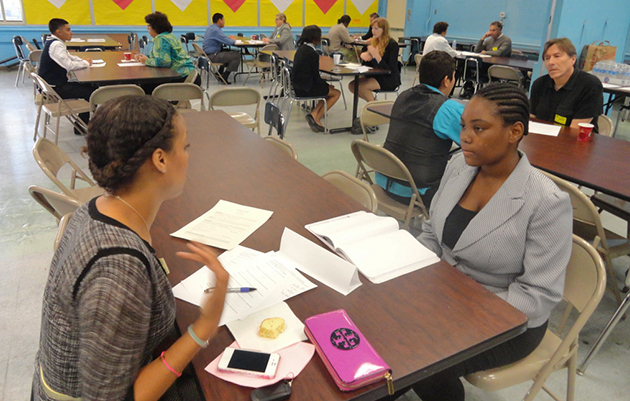
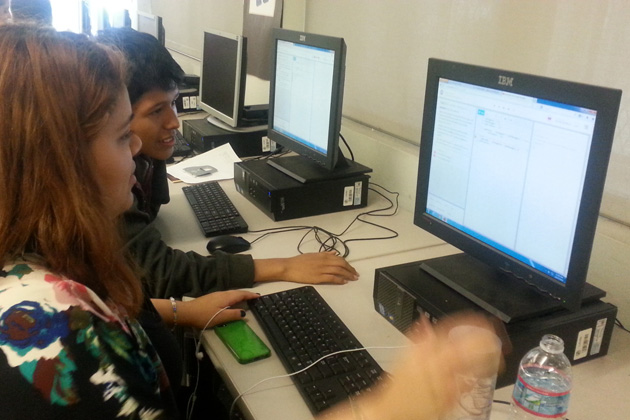
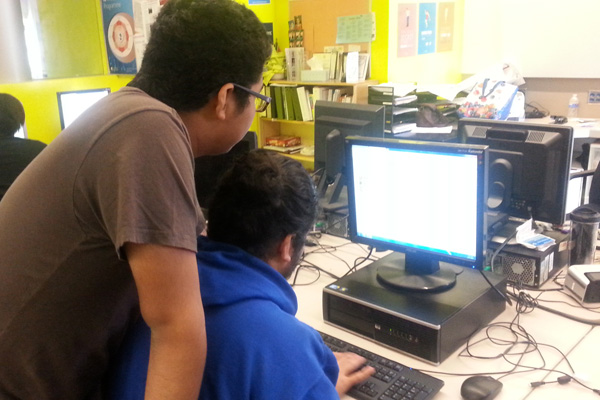
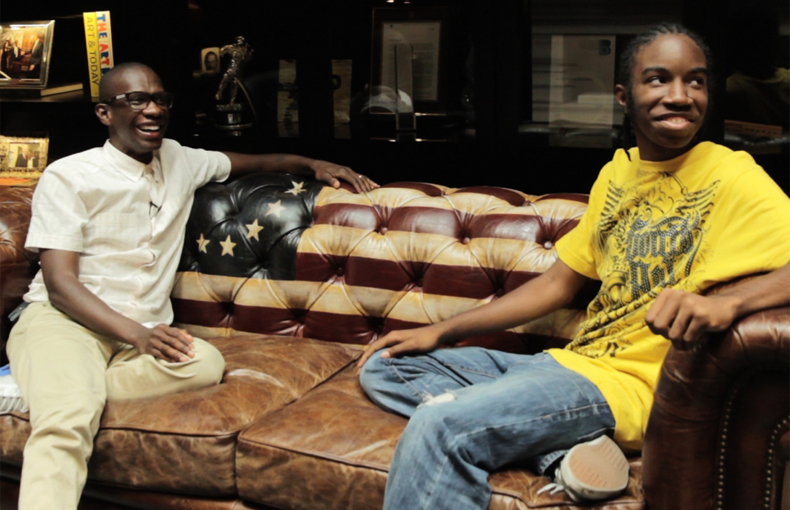
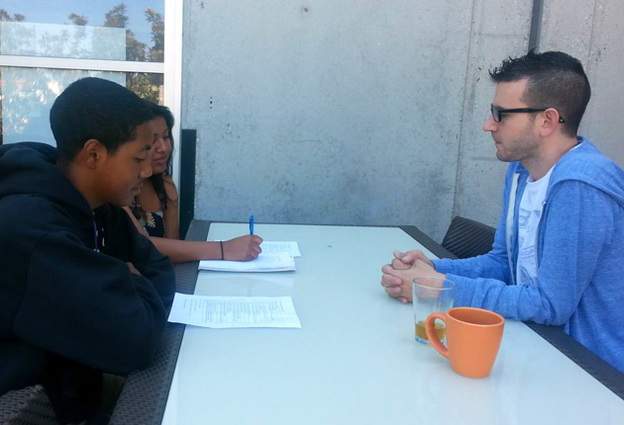
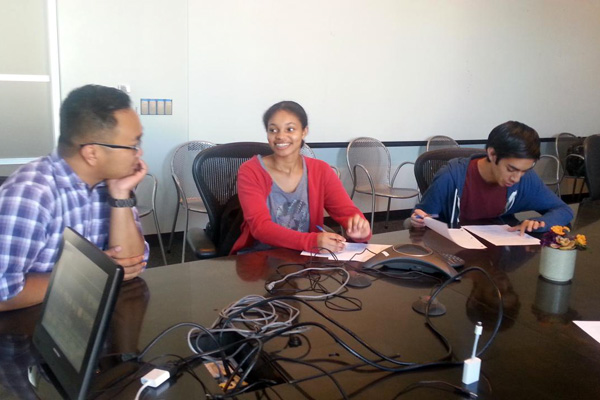
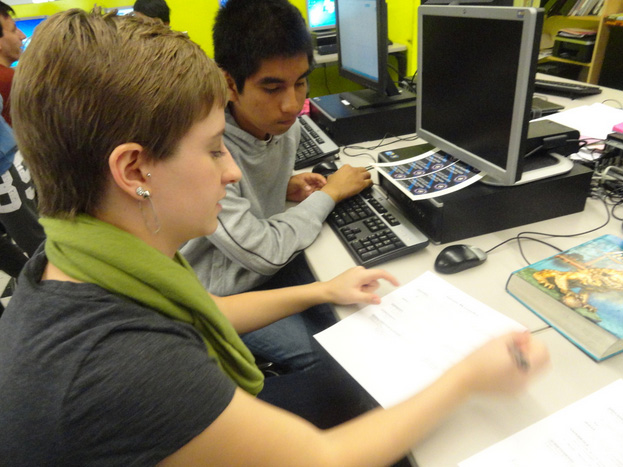
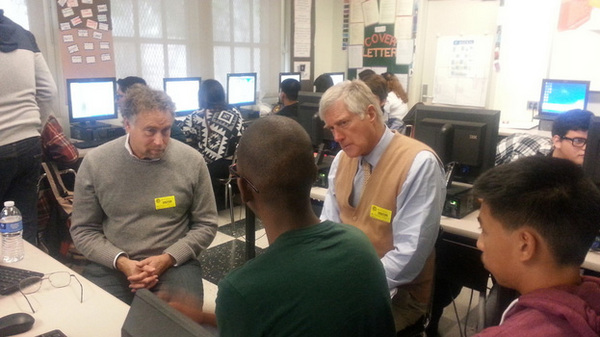
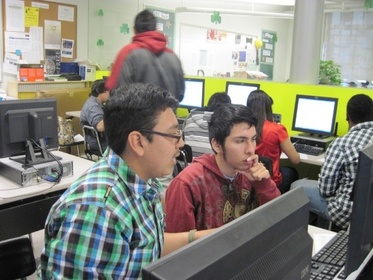
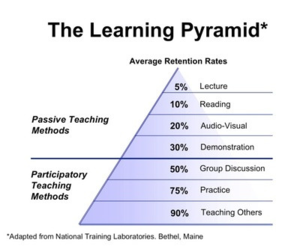
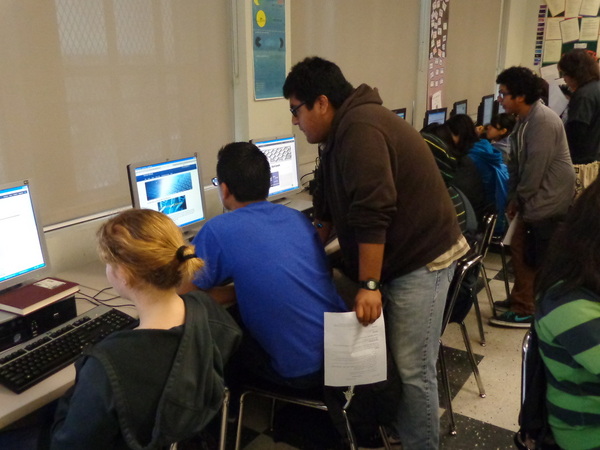
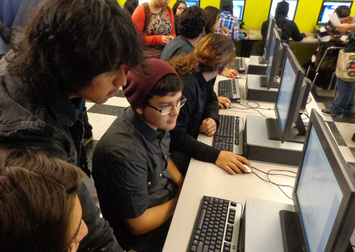
 RSS Feed
RSS Feed
